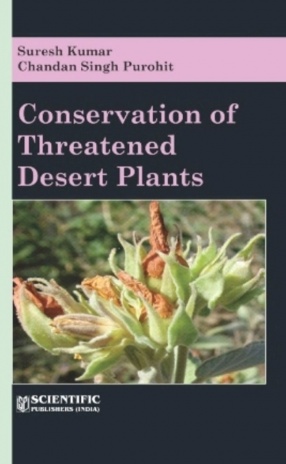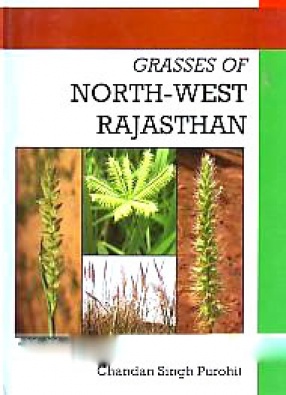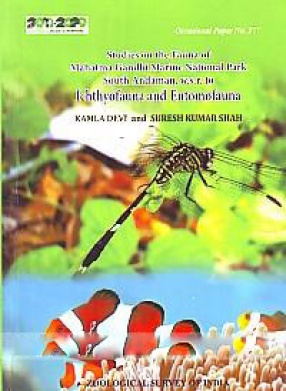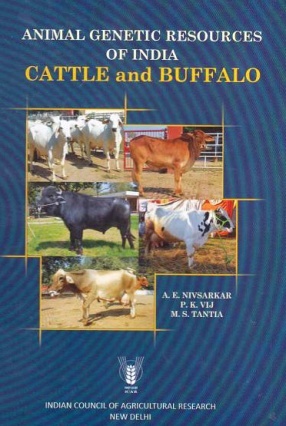Rescue, recovery and rehabilitation of threatened plants and other vulnerable plant genetic resources is essential to halt unprecedented loss of biodiversity in the recent past, more so in stressed biomes like deserts. Vulnerability of these newly discovered “Micro hotspots of diversity” i.e. deserts has, of late increased due to enhanced anthropogenic activities like mining, irrigation, gas and oil prospecting besides traditional threats of grazing, agriculture, urbanization, industrialization and tourism. Viewed in this context, reducing risk, enhancing survival and ensuring population build up by way of conservation, both in-situ and ex-situ of threatened desert species of India assumes significance and priority. This book aims to fulfil this long felt need giving details of ex-situ conservation of 20 arid species. Each chapter has information on taxonomic citation, physiognomic description, uses of these species, threats faced and its regeneration protocols. The presentation with large number of coloured photographs is in question answer style to increase the readability so as to get across the wide spectrum of conservation fraternity. This book will be useful to the students, teachers and researchers engaged in conservation biology, forestry, horticulture, plant ecology, agroforestry and desertification control programmes.
Contents: 1. Introduction. 2. Environment, Flora and Vegetation. 3. Threats to Biodiveristy inIndianDesert. 4. Acacia jacquemontii (Mimosaceae). 5. Anogeissus sericea var. nummularia (Combretaceae). 6. Barleria prionitis subsp. prionitis var. dicantha (Acanthaceae). 7. Calligonum polygonoides (Polygonaceae). 8. Cenchrus prieurii var. scabra (Poaceae). 9. Ceropegia bulbosa var. bulbosa (Asclepiadaceae). 10. Ceropegia bulbosa var. lushii (Asclepiadaceae). 11. Citrullus colocynthis (Cucurbitaceae). 12. Commiphora wightii (Burseraceae). 13. Cullen plicata (Fabaceae). 14. Cymbopogon citratus (Poaceae). 15. Ephedra ciliata (Ephedraceae). 16. Lasiurus sindicus (Poaceae). 17. Melhania magnifolia (Sterculiaceae). 18. Moringa concanensis (Moringaceae). 19. Neurada procumbens (Neuradaceae). 20. Seddera latifolia Convolvulaceae). 21. Tecomella undulata (Bignoniaceae). 22. Tephrosia falciformis (Fabaceae). 23. Ziziphus truncata (Rhamnaceae). Bibliography.









There are no reviews yet.